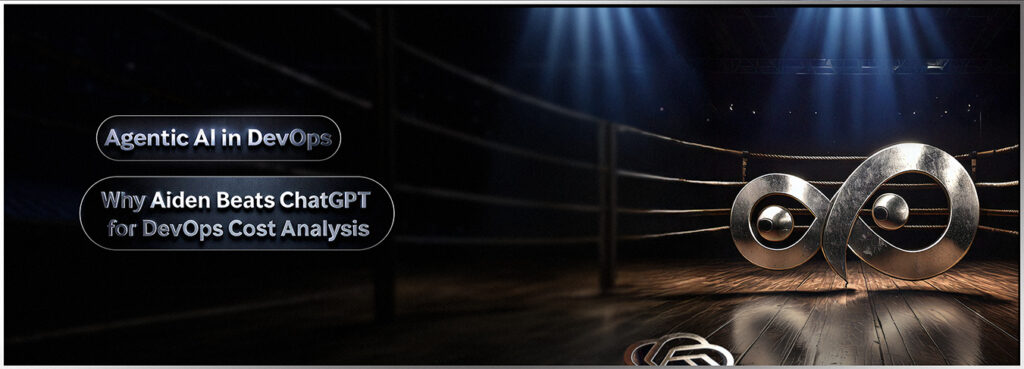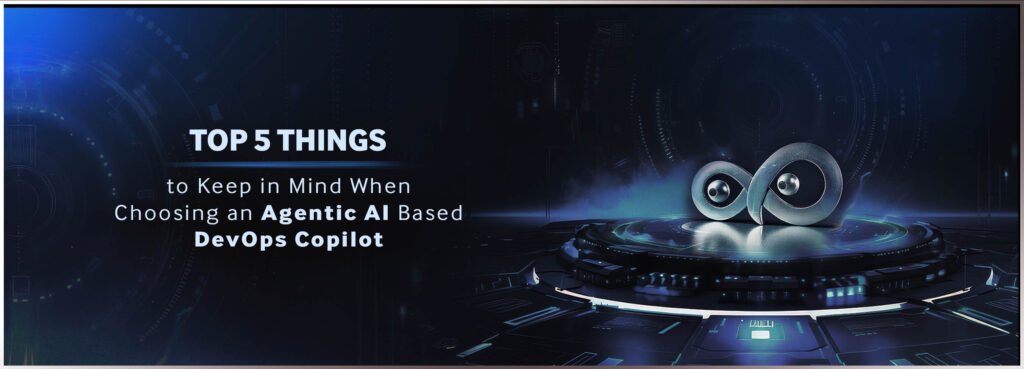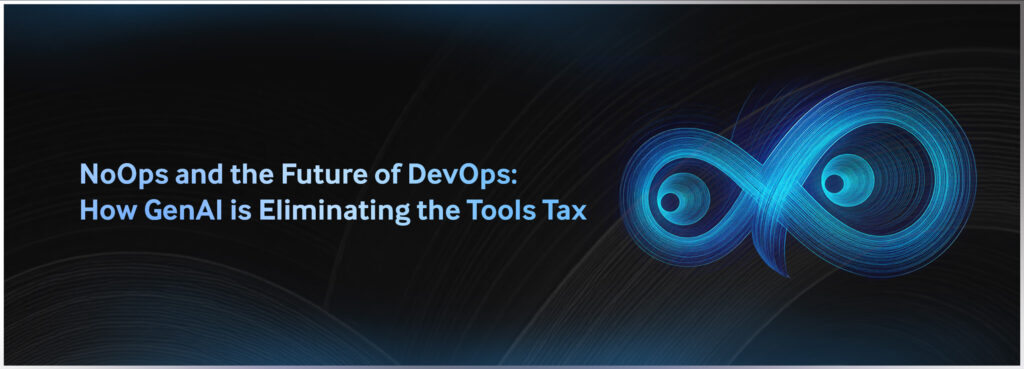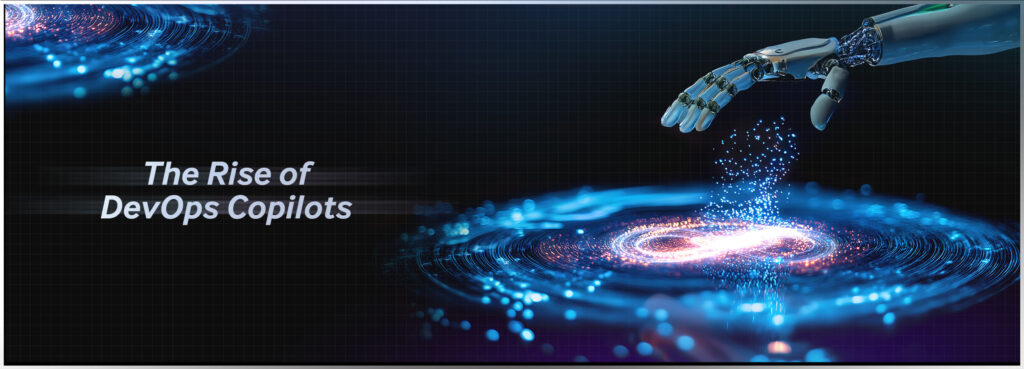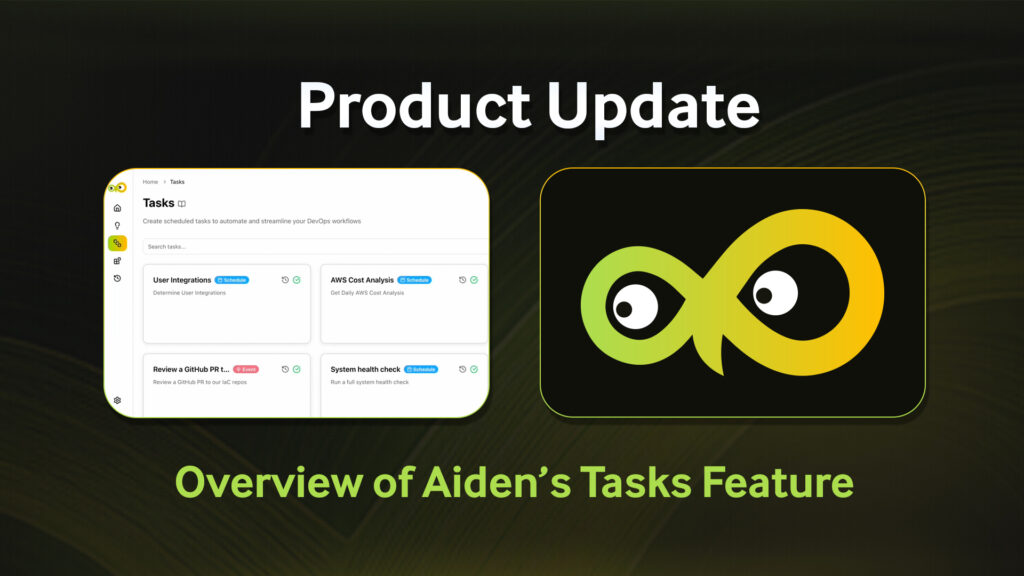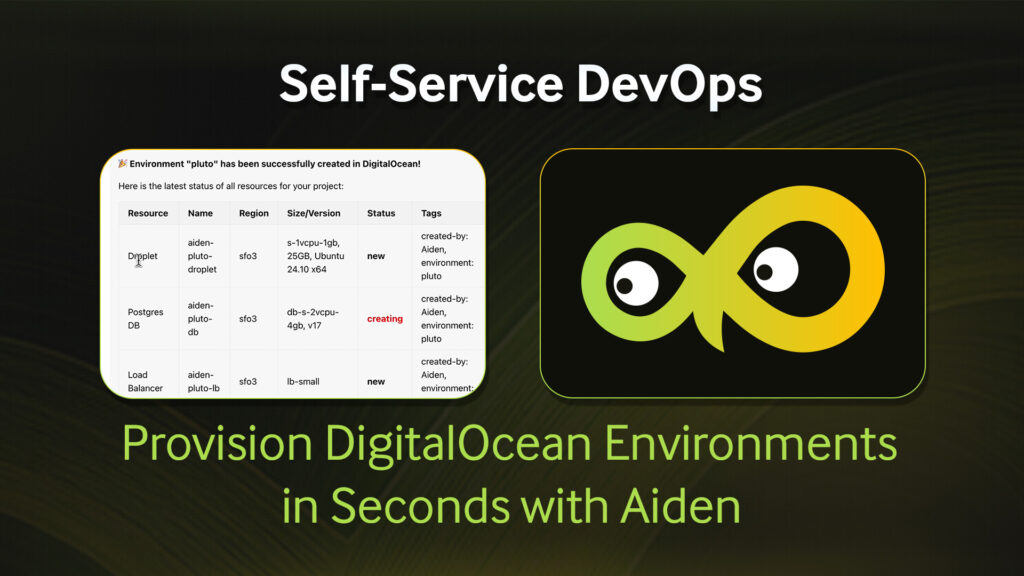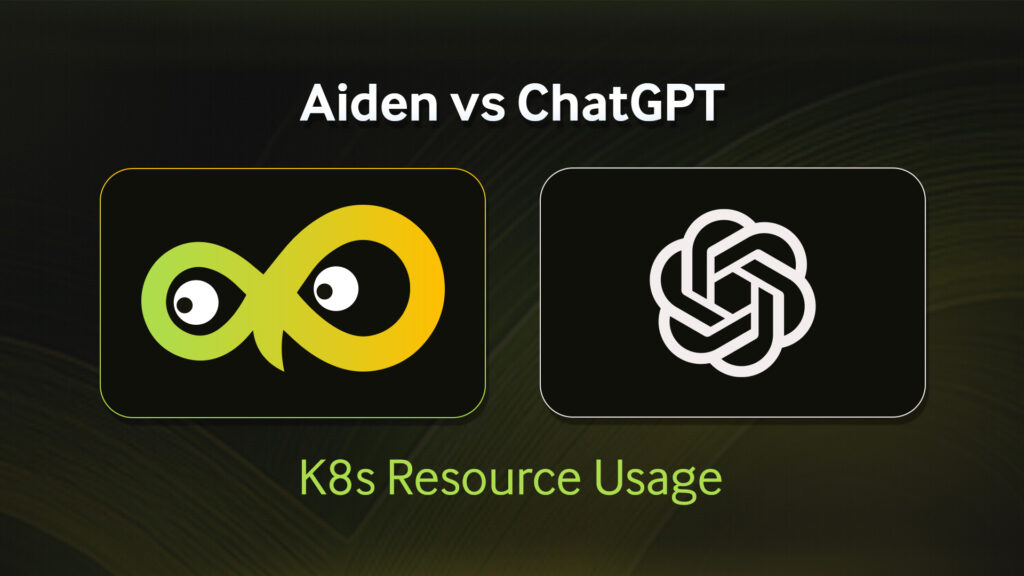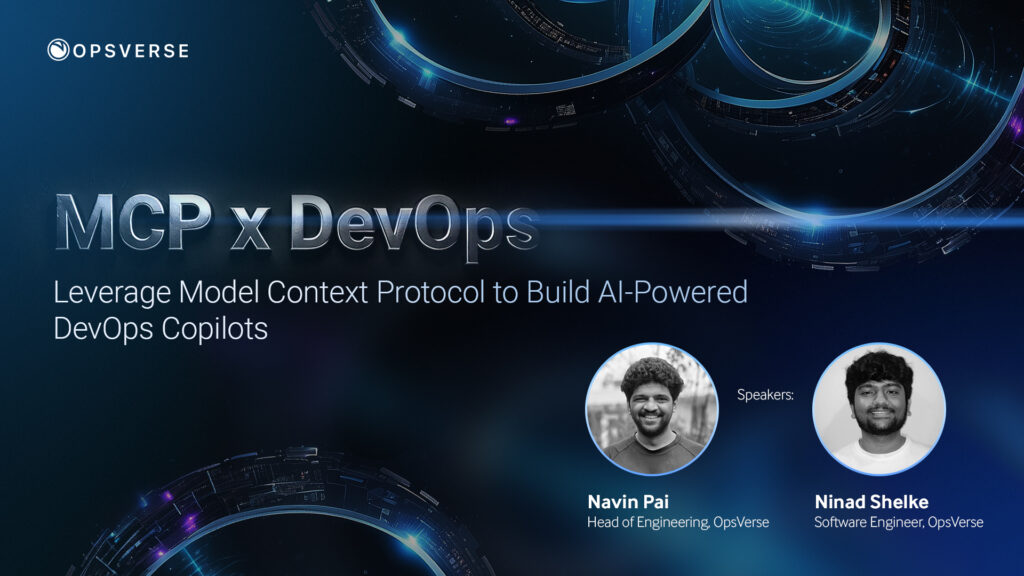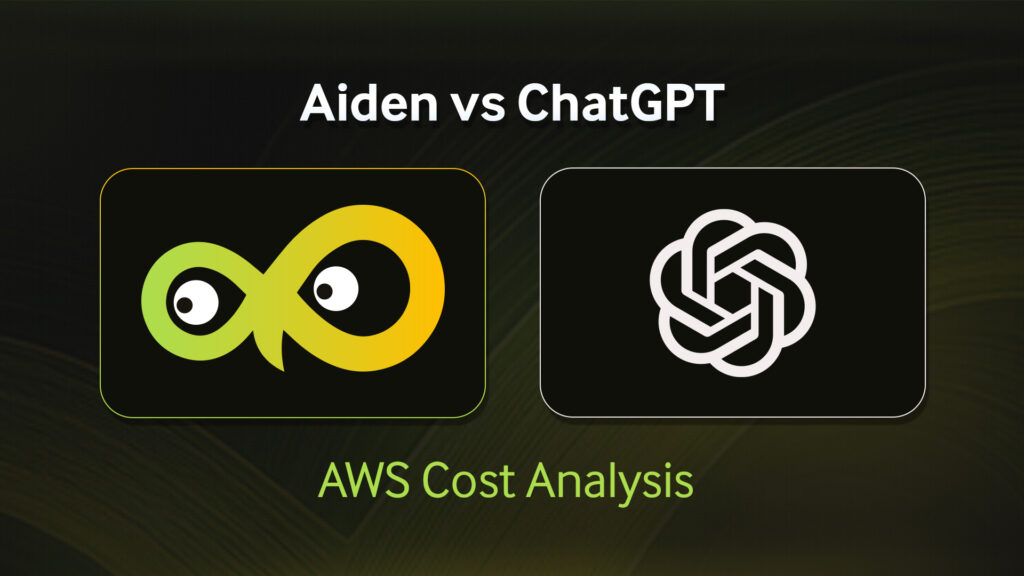When it comes to monitoring, diagnosing, and optimizing the performance of complex systems today, you can’t really go wrong with tracing tools. And while OpenTelemetry has become the go-to choice for instrumenting apps and collecting traces, there are several other options in the backend that can effectively store, manage, and analyze traces sent by OpenTelemetry. Two of these open-source tools are Jaeger and Grafana Tempo. In this article, we’ll compare and contrast the two.
What is Distributed Tracing?
Tracing is a method used to track the flow of requests through the components of a distributed system. It helps in understanding the path of execution, identifying bottlenecks, and diagnosing errors. By providing visibility into the interactions between services, tracing tools are indispensable for maintaining the health and performance of modern applications. These tools give developers the ability to see where delays occur, pinpoint the root causes of issues, and optimize the performance of their microservices. By offering a detailed view of request paths, tracing keeps every component in the system operating efficiently and cohesively.
Jaeger: An Overview
Jaeger is an open-source, end-to-end distributed tracing tool. It’s designed to monitor and troubleshoot transactions in complex microservices environments. Jaeger offers a rich set of features, including:
- Distributed Context Propagation: Jaeger allows for the propagation of context across service boundaries, enabling end-to-end tracing.
- Transaction Monitoring: It can track the performance of individual transactions and identify latency issues.
- Integration with OpenTelemetry: It features rich, native integration with the OpenTelemetry ecosystem.
- Storage Backend Flexibility: Jaeger supports multiple storage backends, including Elasticsearch, Cassandra, and Kafka.
Grafana Tempo: An Overview
Grafana Tempo is another open-source tracing tool that integrates very well with the Grafana ecosystem. Tempo is designed to be a high-volume, minimal-dependency, and cost-effective tracing solution. Key features of Tempo include:
- Integration with Grafana: Tempo integrates tightly with Grafana, allowing users to visualize traces alongside other monitoring data.
- Scalable Architecture: Tempo is built to handle high volumes of tracing data with minimal dependencies.
- Simple Deployment: It’s designed to be easy to deploy and manage, with a focus on minimizing operational complexity.
- Storage Backend: Tempo is designed to use blob stores like AWS S3 and GCC, hence lowering overall storage costs.
Detailed Comparison: Jaeger vs. Grafana Tempo
1. Support for OpenTelemetry
Jaeger:
Jaeger includes robust support for OpenTelemetry, making it an easy choice for many users. The OTel collector offers comprehensive support for Jaeger, including dedicated Jaeger exporters and importers. This means users can easily integrate Jaeger into their existing OTel-based observability pipelines, benefiting from a smooth transition and extensive compatibility. Jaeger’s strong OTel support facilitates efficient data collection, processing, and visualization.
Grafana Tempo:
Tempo also supports OpenTelemetry, but its integration is less extensive compared to Jaeger’s. While Tempo can receive and process OTel traces, it doesn’t have the advanced exporters and importers specifically tailored for OTel in the OTel collector. This can make it more challenging to achieve seamless integration and optimal performance when using Tempo with an OpenTelemetry setup.
2. Integration and Ecosystem
Jaeger:
Jaeger is a Cloud Native Computing Foundation (CNCF) graduated project boasting a robust, well-established ecosystem. Its CNCF graduated status signifies a high level of maturity and reliability, making it a trusted choice for organizations. Jaeger’s strong ecosystem includes seamless integrations with numerous tools and platforms, such as Kubernetes, Prometheus, and OpenTelemetry. This extensive support allows users to easily incorporate Jaeger into their existing infrastructures, resulting in cohesive observability stacks. Additionally, its active community and widespread adoption provide ample resources, plugins, and support for users who need them.
Grafana Tempo:
Tempo supports OpenTelemetry and can receive and process OTel traces efficiently. It integrates well with the OpenTelemetry ecosystem, allowing users to leverage OpenTelemetry collectors and agents for trace data. However, it does not have the same breadth of advanced exporters and importers specifically designed for OpenTelemetry like Jaeger does. So, while Tempo is great for basic OpenTelemetry trace ingestion, achieving seamless integration and optimal performance require more custom configuring and tuning compared to Jaeger.
3. Scalability and Performance
Jaeger:
Jaeger is designed to handle large-scale deployments. Its architecture supports horizontal scaling, which means it can grow alongside the needs of the organization. Jaeger’s adaptive sampling and support for high-throughput storage backends like Kafka and Elasticsearch mean large volumes of tracing data are managed efficiently. For example, using Kafka for ingestion combined with Clickhouse for storage enable Jaeger to efficiently handle billions of spans a day.
Grafana Tempo:
Tempo is built with scalability in mind, and it performs well in high-volume environments. But its design simplicity, while beneficial for ease of use and deployment, might not match Jaeger’s performance in more demanding scenarios where deep analysis is required. This is specifically due to its usage of blob store systems for storage.
4. Community and Support
Jaeger:
Jaeger has a large and active community, thanks to its origin at Uber and subsequent adoption by the CNCF. This vibrant community ensures regular updates, extensive documentation, and a wealth of resources for troubleshooting and best practices. Additionally, Jaeger’s inclusion in the CNCF ecosystem adds a layer of trust and reliability.
Grafana Tempo:
Tempo is relatively newer and has a smaller community compared to Jaeger. While it benefits from the support of Grafana Labs and its integration in the Grafana ecosystem, its community resources and third-party integrations are not as extensive as Jaeger’s.
Conclusion
While both Jaeger and Grafana Tempo offer valuable tracing capabilities, Jaeger’s comprehensive features, flexibility, scalability, and strong community support make it the superior choice for most organizations. By providing deep insights into distributed systems, Jaeger keeps application reliability and performance at the forefront of modern observability.
Jaeger’s powerful tracing capabilities are a key component of ObserveNow’s comprehensive observability stack, offering an unparalleled solution for organizations looking to optimize their microservices and distributed systems. OpsVerse’s ObserveNow uses ClickHouse as the backend storage for Jaeger. This data is used by OpsVerse’s APM module to provide a comprehensive application performance management tool.
Now anyone can enhance their tracing capabilities with Jaeger and ObserveNow. Learn how by consulting with our experts.


